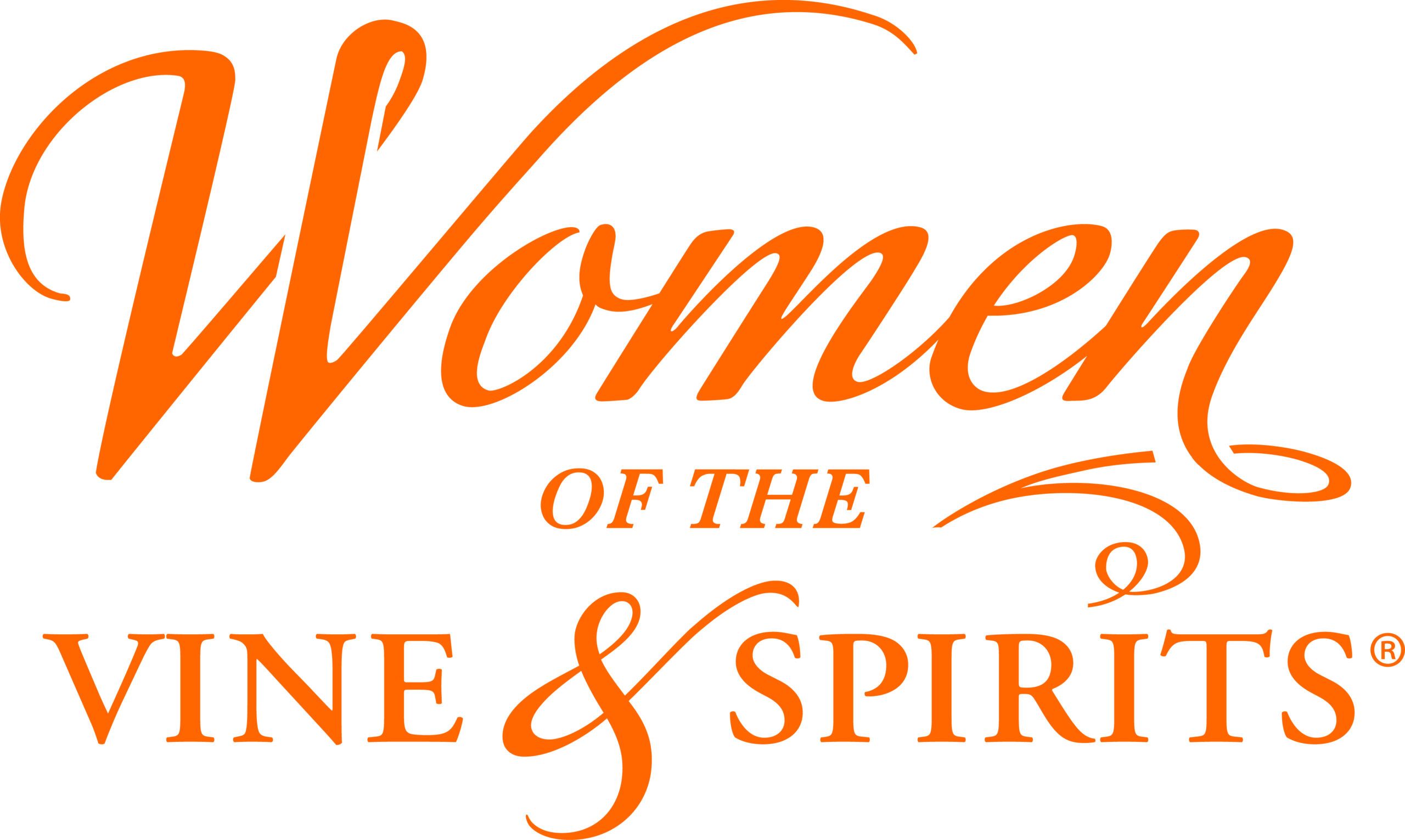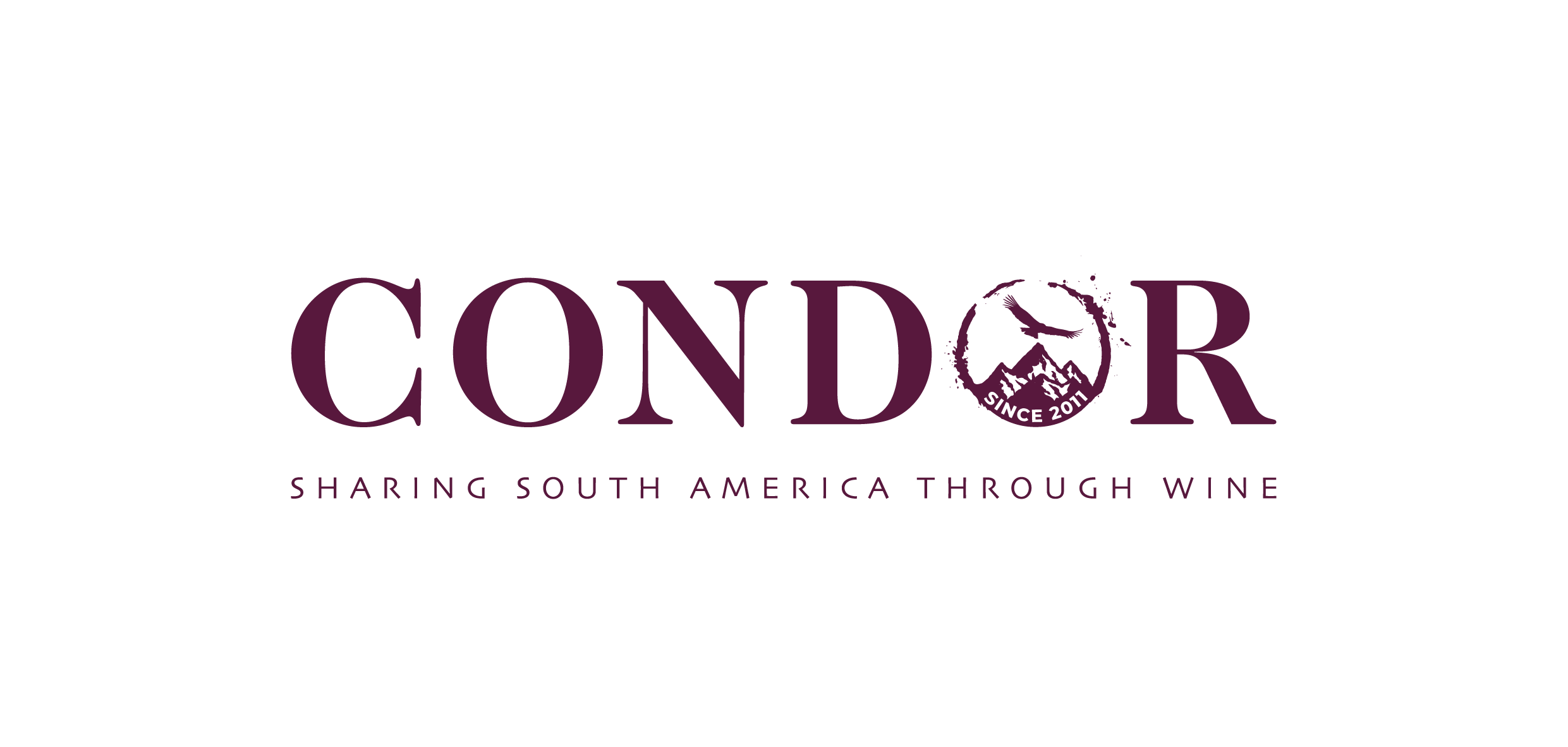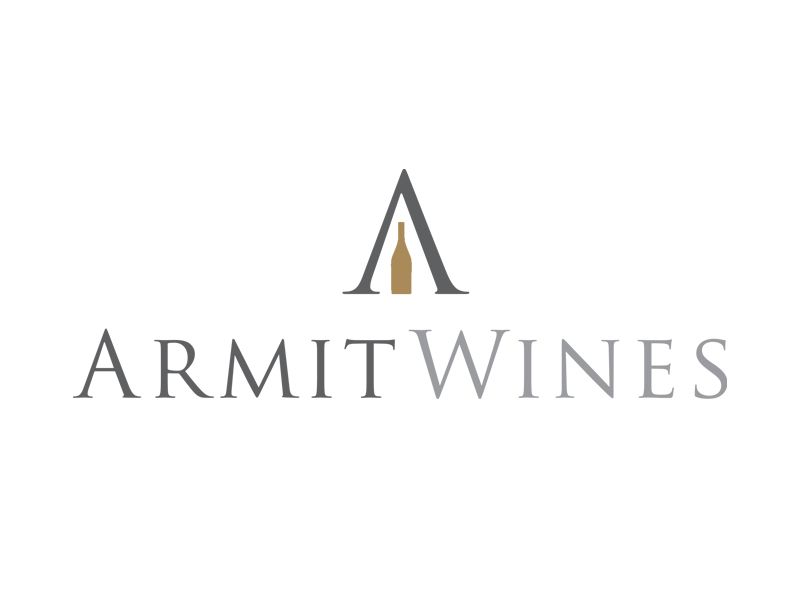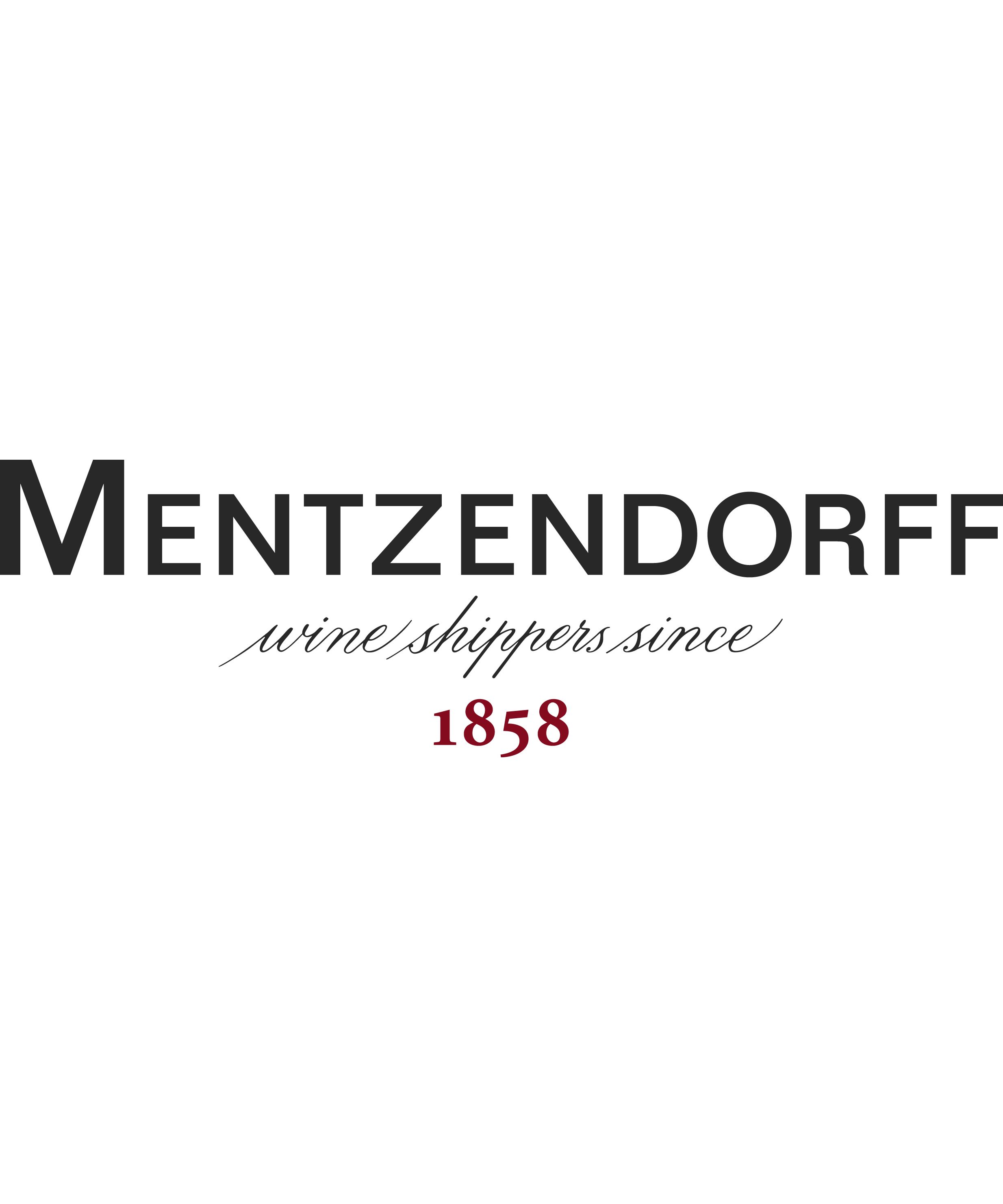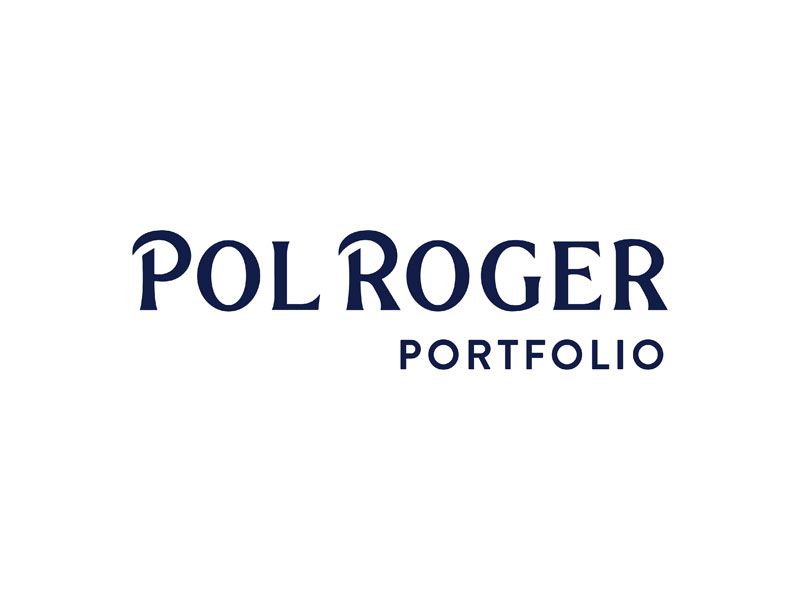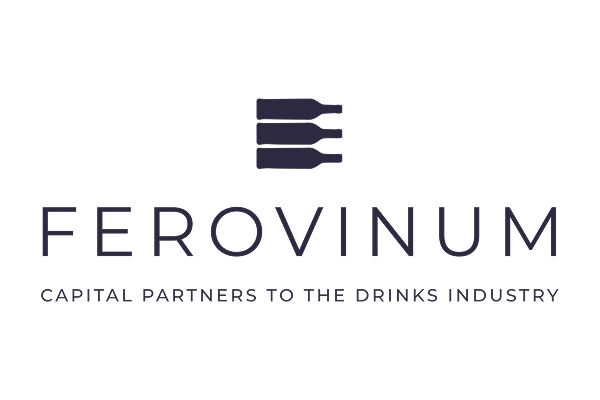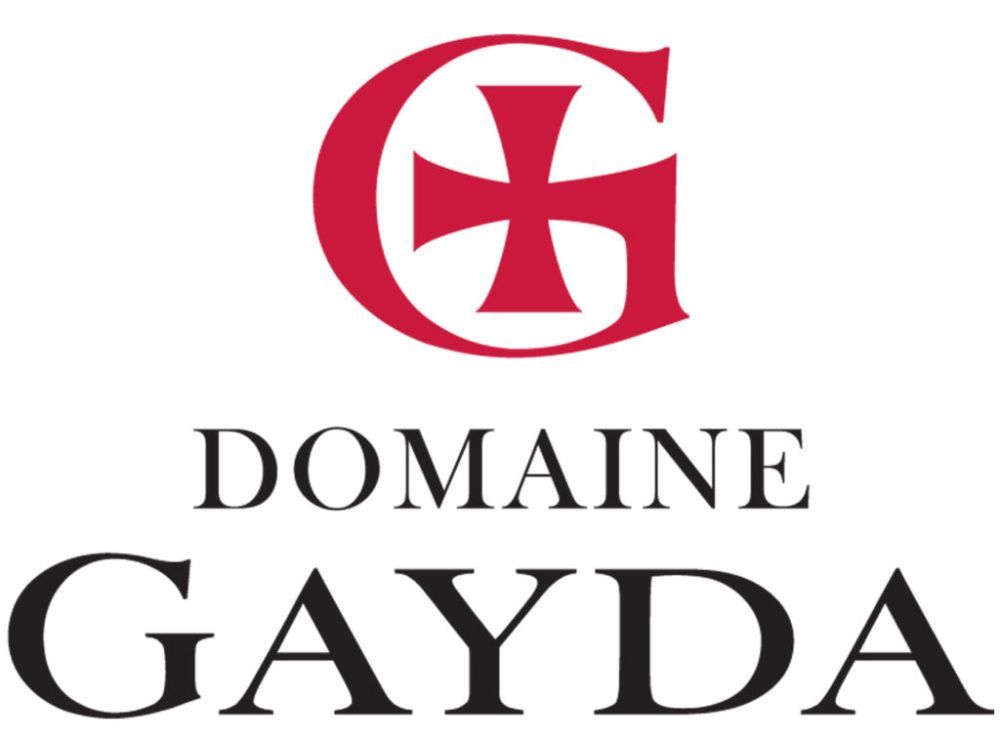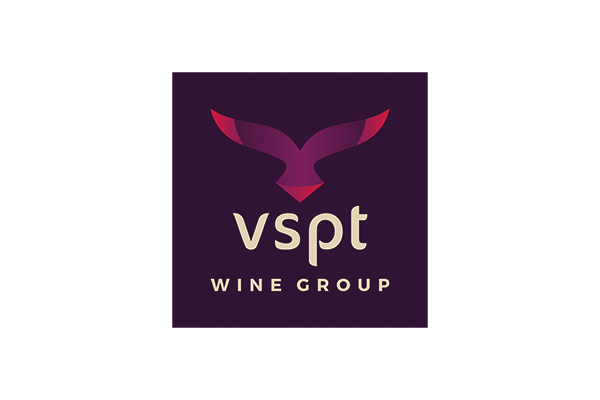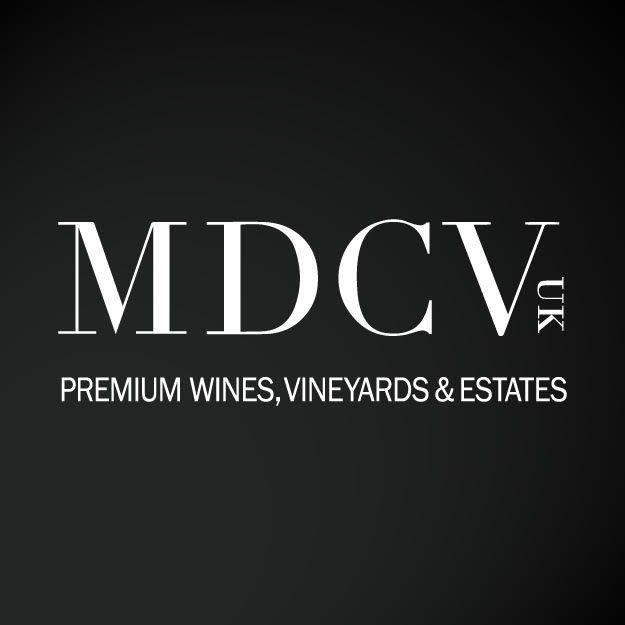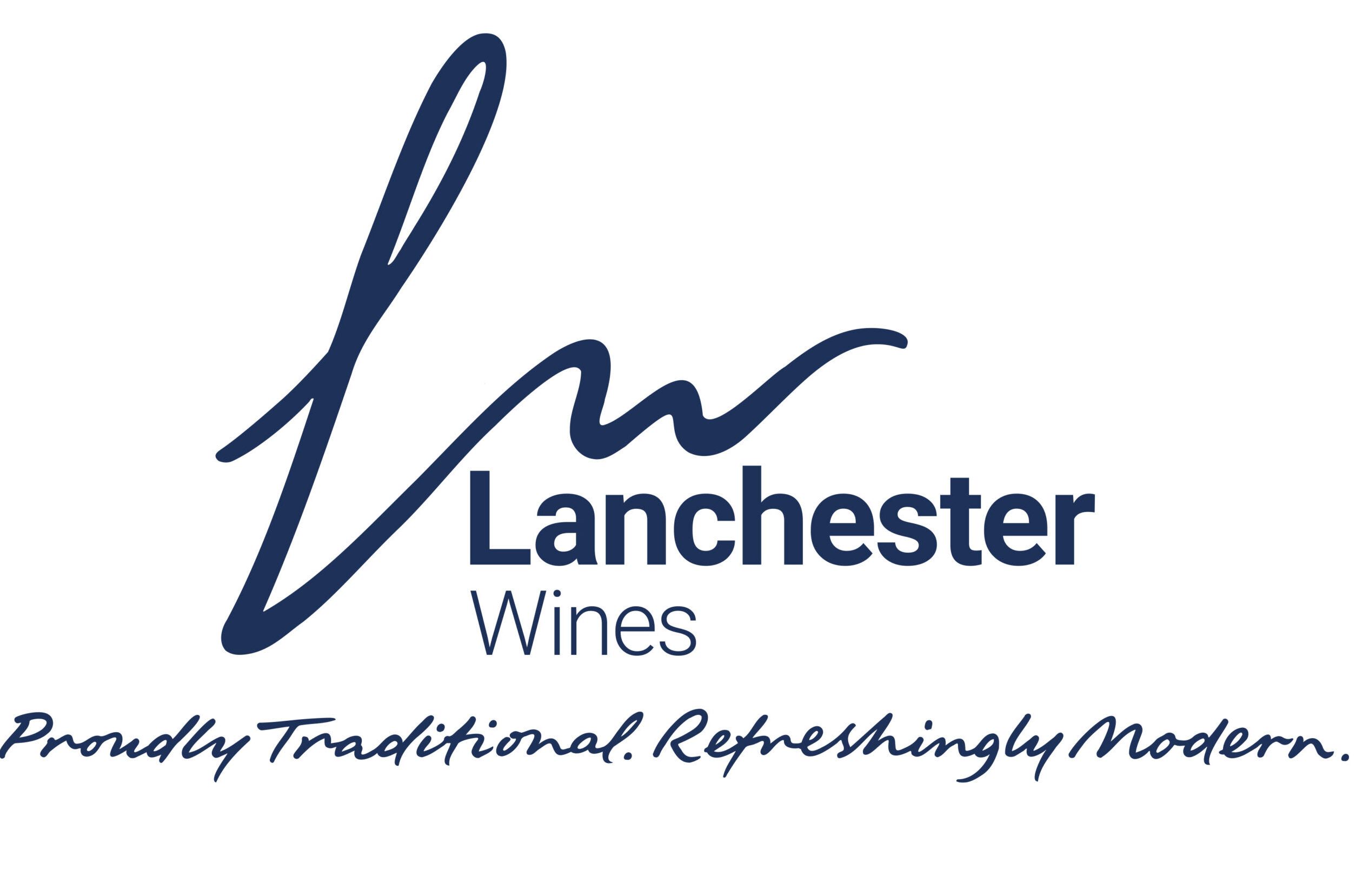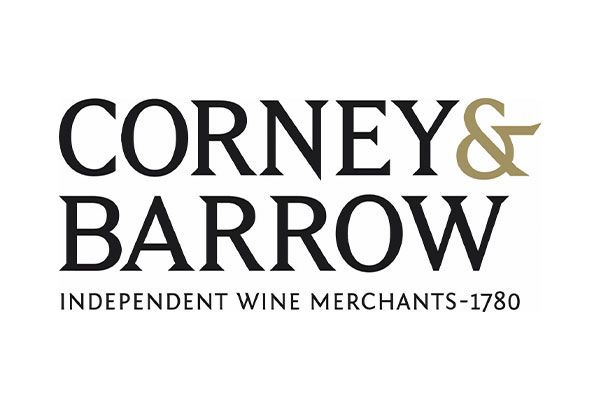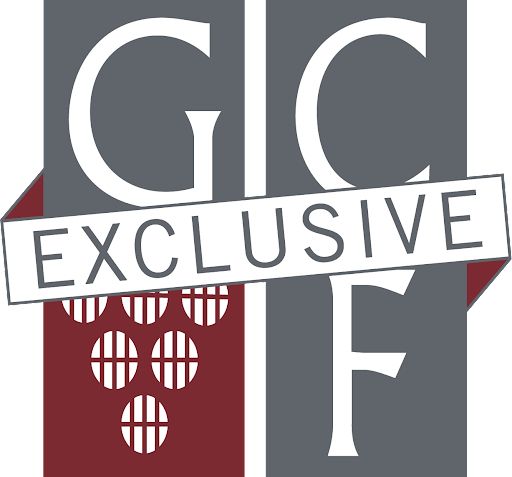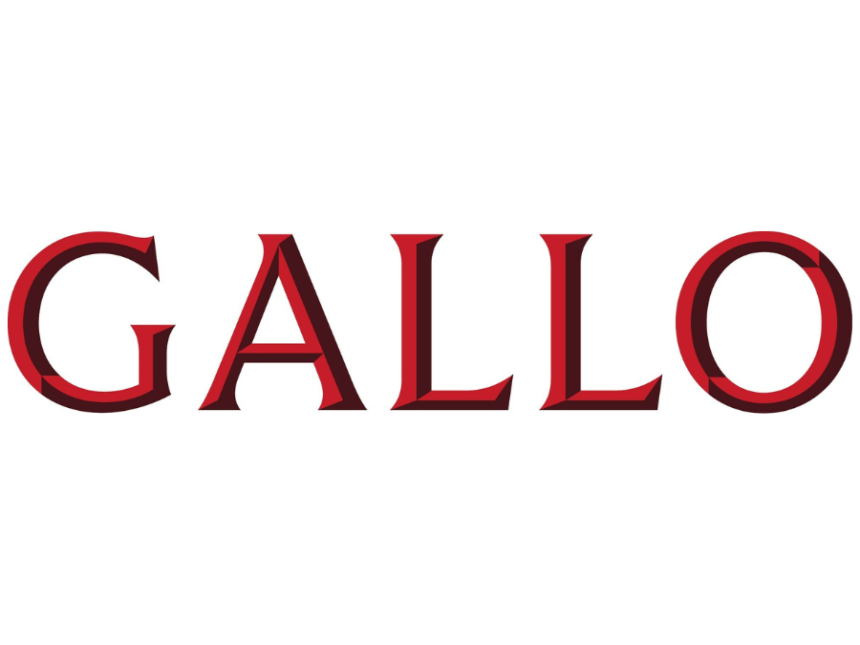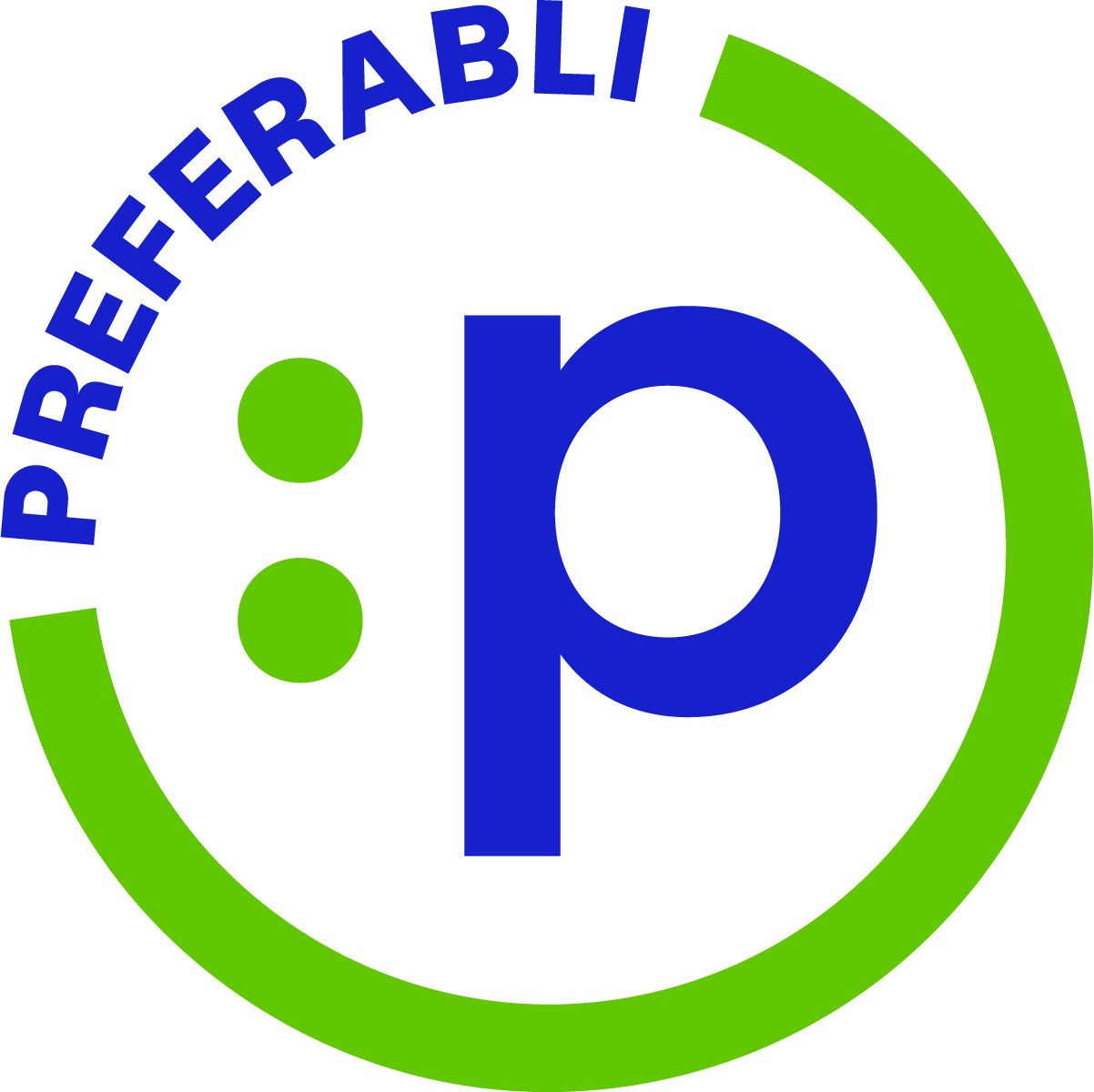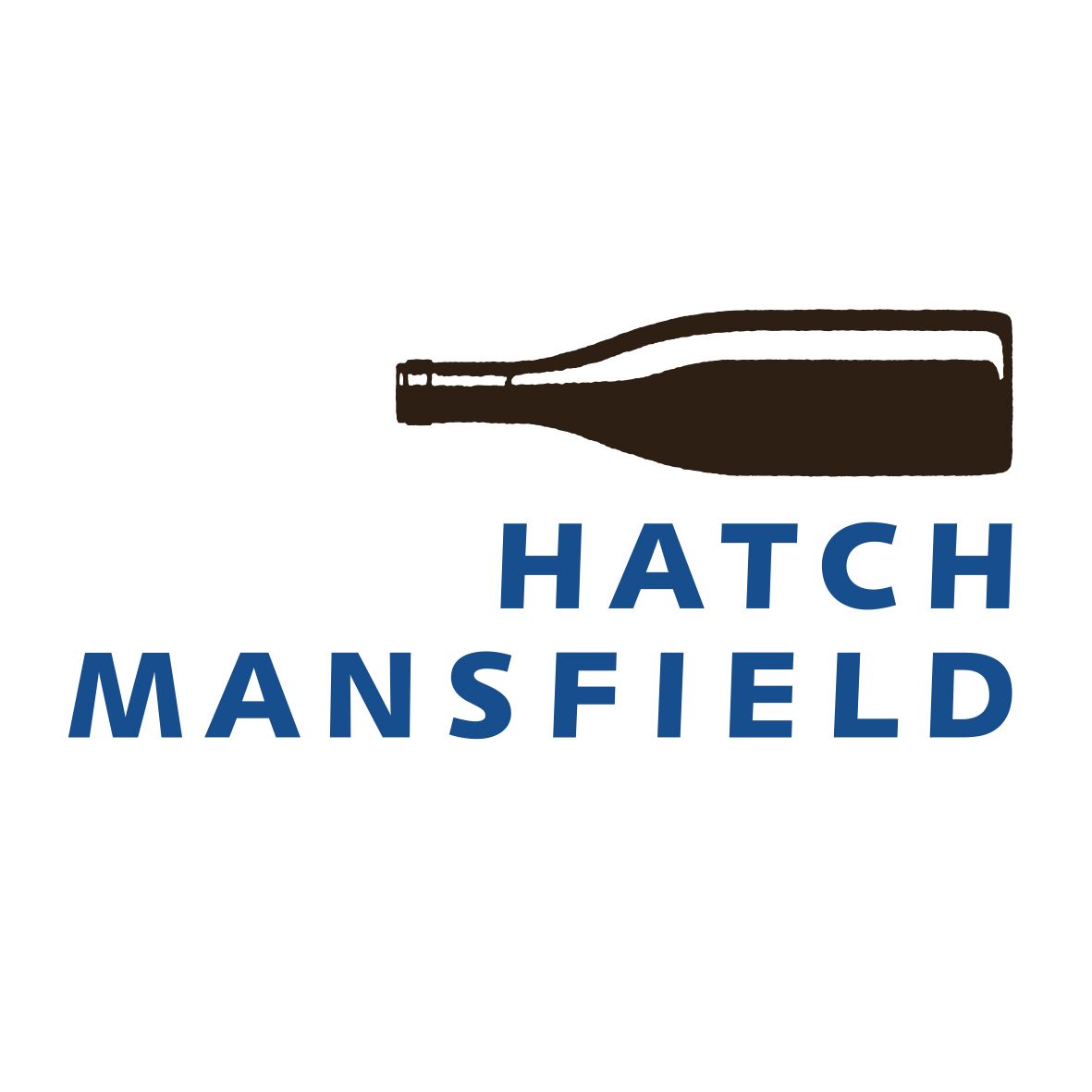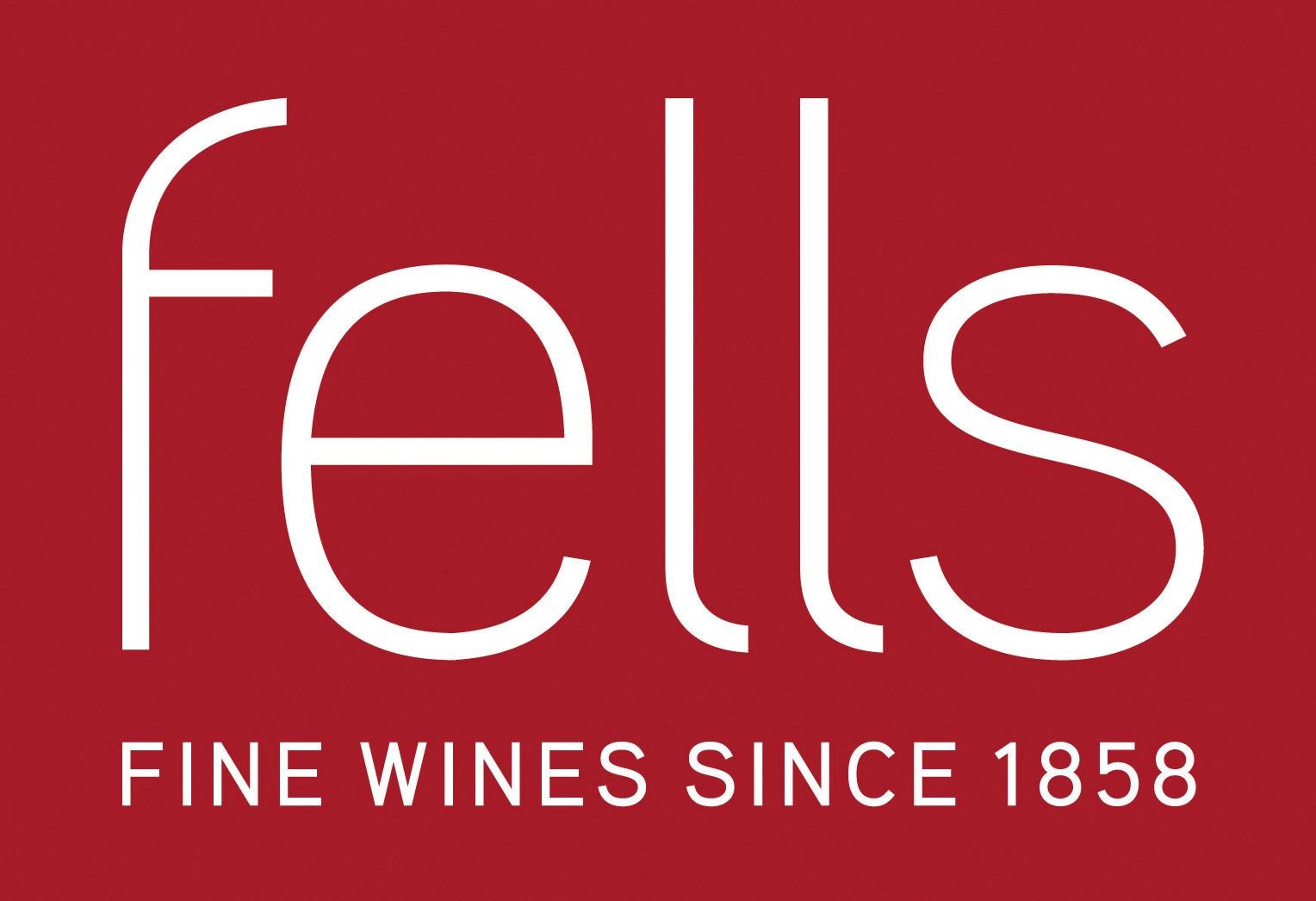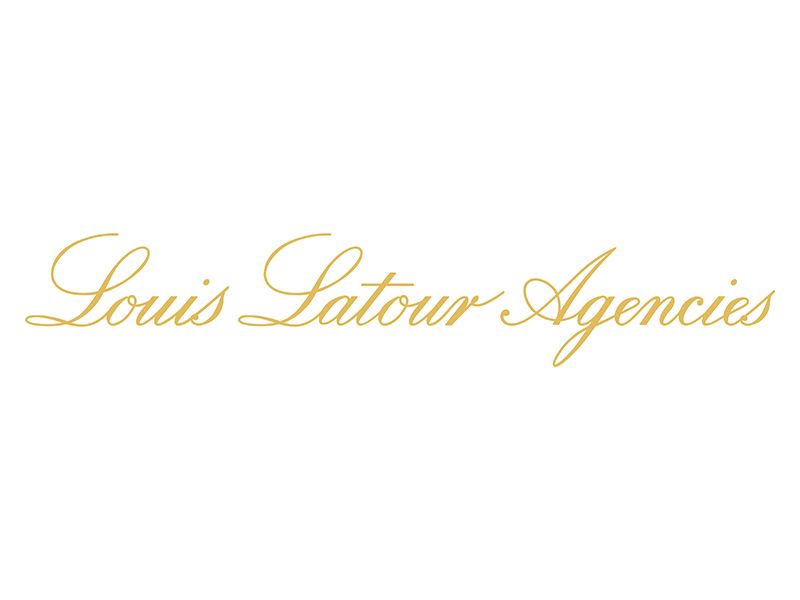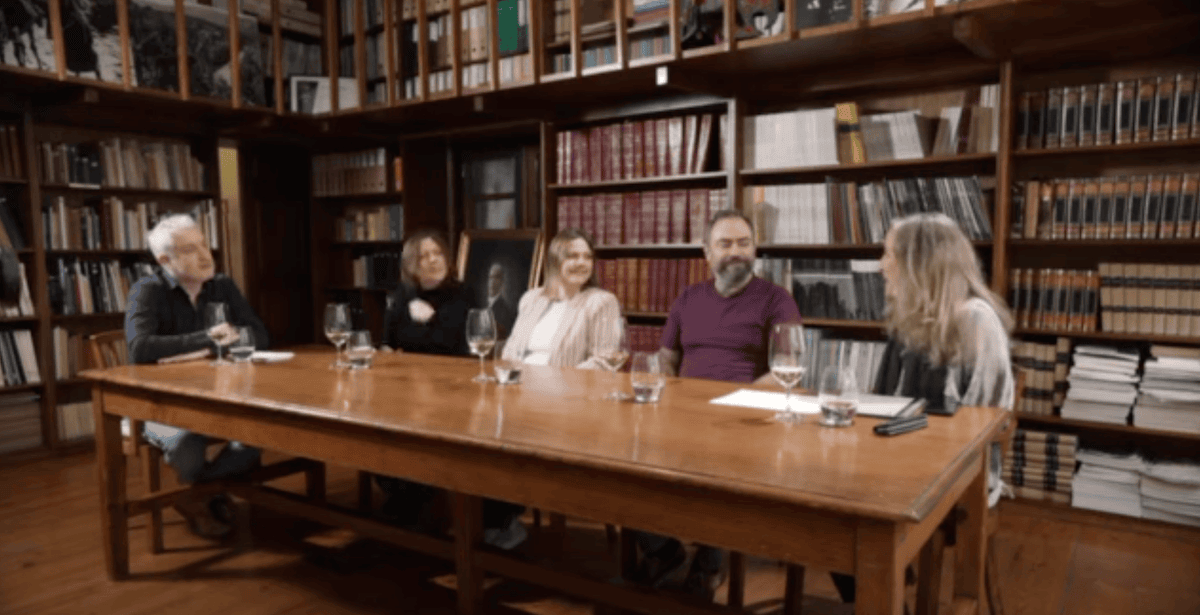What is storytelling in drinks marketing?
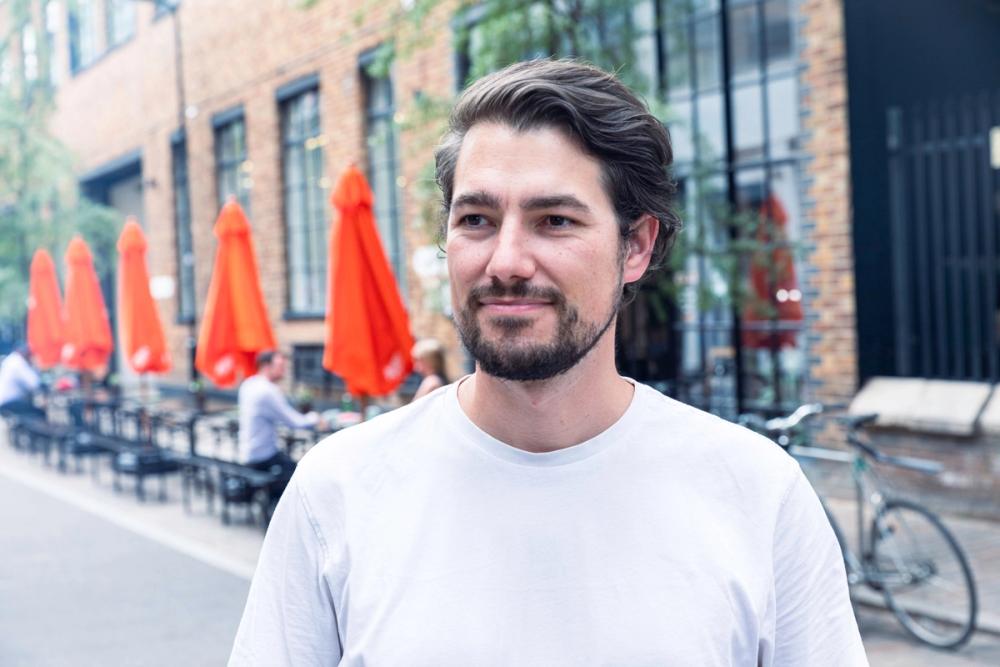
YesMore's Tom Khan-Lavin sets out a step-by-step guide on how to build the right story for your brand. Photograh by Andy Commons
Brand storytelling for the drinks industry is about crafting and communicating a cohesive, engaging narrative that goes beyond mere features and benefits. It's about explaining why your brand exists, who is behind it, how it came to be, and what makes it special, all while evoking emotion and inviting the consumer to be part of that journey.
It's about transforming a product – be it a crisp lager, a complex gin, or a fine wine – into a personality, a compelling history, or a future aspiration that customers can truly connect with.
It turns the functional into the emotional, giving a bottle, or a can a beating heart and a voice.
The "Why" of storytelling
So, why bother with all this narrative malarkey when you could just list tasting notes and awards?
First off, consumers today aren't just buying a drink, they're buying into feelings, aspirations, and connections. A well-crafted story provides this intangible, yet incredibly valuable, dimension that pure product specs simply can't.
Secondly, facts and figures quickly fade. A well-told story, however, sticks in the mind, creating a lasting impression that mere advertising struggles to achieve. Crucially, in a market as saturated as drinks, your story is your most potent weapon against commoditisation. It imbues your brand with a unique personality that copycats simply cannot replicate.
Finally, a genuine narrative fosters trust and builds a deeper, more human relationship with consumers, making them feel like they're part of something bigger than just a transaction. It's how you build a tribe, not just a customer base.
The essential elements of a powerful brand story
Every compelling story, from ancient myths to modern blockbusters, shares fundamental components. Your brand's narrative is no different.
The Protagonist
At its core, a good brand story needs a protagonist. This is your hero, someone or something for the audience to root for. It could be the visionary founder who dreamt of a unique spirit, the passionate winemaker meticulously tending their vines, the intrepid individuals who defied convention to create something new, or even the consumer whose life is enriched by your product.
Closely linked is “Conflict” or “Challenge”. No interesting story is without its hurdles. What obstacles were overcome on the path to creating your brand or product? Was it the painstaking struggle to perfect a groundbreaking recipe, battling against harsh weather conditions, a financial tightrope walk to get off the ground, or the sheer grit required to stick to traditional methods in a fast-paced world? This tension makes the ultimate triumph (your product) all the more meaningful.
Authenticity is non-negotiable
A story, however well-crafted, must be deeply rooted in genuine truth. Consumers are savvy; they will sniff out fabrication faster than a corked wine. Your narrative must truthfully reflect your brand's actual history, its core values, and its real practices.
This leads to a clear "why" – what's the fundamental purpose behind your brand's existence, beyond just making money? This core "why" forms the philosophical backbone of your entire story.
Relatability and resonance
Then comes relatability and resonance. Does your story tap into universal human emotions – joy, struggle, discovery, passion, community? Does it align with the values, aspirations, or even frustrations of your target audience?
Transformation and resolution
Finally, transformation and resolution provides the positive outcome of the protagonist's journey or the brand's mission, and sensory and emotional language truly brings the narrative to life, engaging all the senses.
How to effectively develop and tell your brand story
Once you understand the fundamental elements, the next step is putting them into practice. This isn't about mere marketing ploys, but about strategic execution that weaves your narrative into every touchpoint.
Origin story
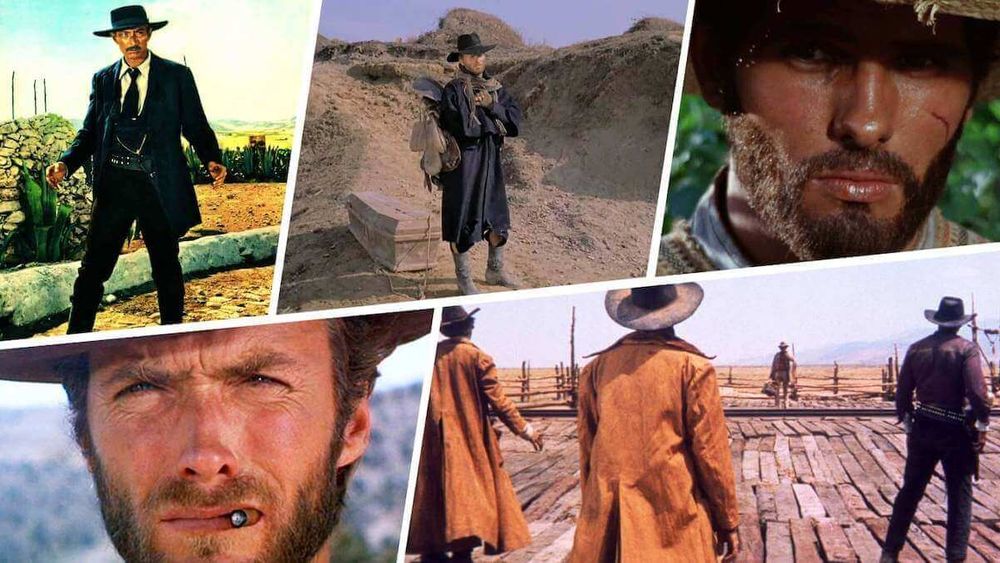
The long-standing success of the Western film genre is fixated on the 'origin' story on which every film is based
Start by unearthing your origin story. This could be the founder's journey - who started it, why, what challenges did they overcome? Unless truly unique and genuinely interesting, the ingredients and terroir of your vineyard make for a pretty boring story. Sometimes it’s simply the "Aha!" moment - that flash of inspiration that led to a unique product or brand philosophy.
Crucially, ensure consistency across all touchpoints. Your story isn't confined to an "About Us" page. It must be seamlessly woven into your packaging design, website content, social media posts, email marketing, tasting notes, in-store displays, brand activations, and even how your sales or bar staff communicate about the product. Every interaction is an opportunity to reinforce your narrative.
Visual storytelling
Visual storytelling is paramount. For drinks, the visual element is critical. High-quality photography and video that evoke emotion, context, and beauty are non-negotiable. Show the hands-on process, the picturesque landscape where you make the product, or the moments of enjoyment your product facilitates for people.
Next, once you’ve built a community, invite the consumer into the narrative. Actively encourage user-generated content, letting loyal customers share their personal stories and experiences with your product. Foster community building around your brand – perhaps a whisky appreciation society or an exclusive tasting event. And embrace experiential marketing, letting consumers live the story through immersive distillery tours or cocktail masterclasses that tie back to the brand's core narrative.
Leveraging heritage & crafting modern heritage
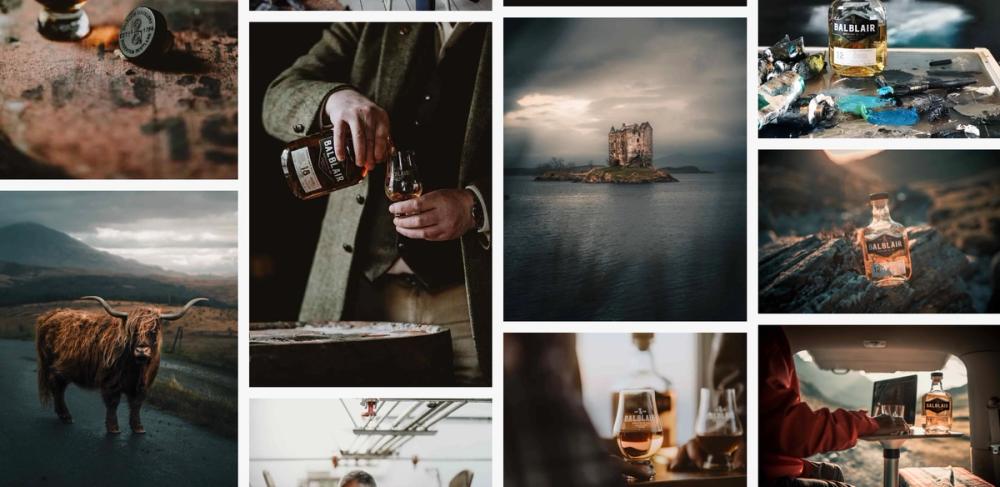
Here is an example of YesMore's work - a campaign for Balblair whisky that looked to highlight the brand's 'True Highland Spirit' and its heritage
For established players, unearth compelling historical anecdotes or unique traditions. For new brands, focus on innovation, a pioneering spirit, or a distinct philosophy that deliberately lays the groundwork for a future legacy. Sometimes, the power of the unexpected can make your story unforgettable – an unconventional approach to production or a quirky brand persona can truly stand out.
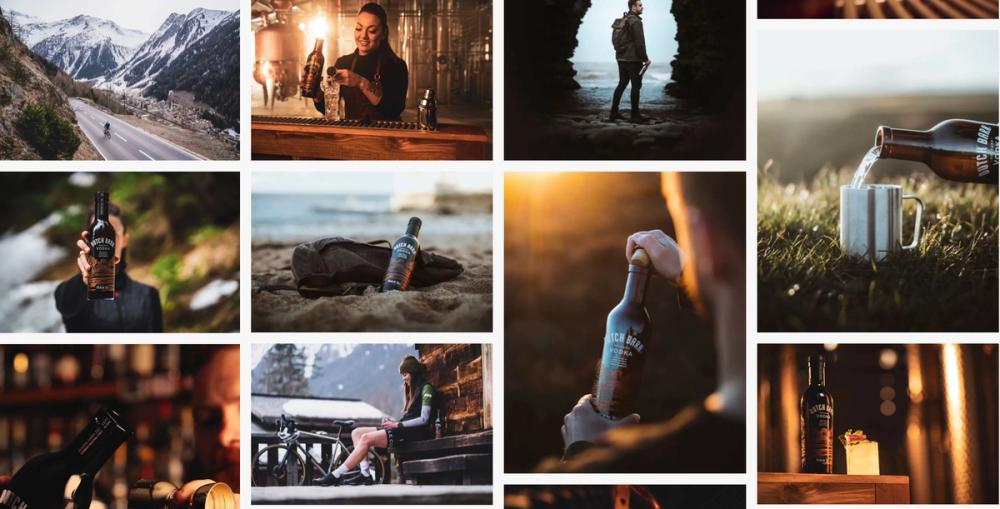
Here is how YesMore handled the imagery for new English whisky brand Dutch Barn by evoking a modern image for a brand entering a traditional category
Show, don’t just tell
Finally, always show, don't just tell. Instead of simply stating "we are committed to sustainability," show the solar panels on the distillery roof, interview the local farmers you work with, or detail the closed-loop water system. This verifiable evidence gives powerful weight to your narrative.
In conclusion
A compelling brand story is far more than a fleeting marketing buzzword; it is the very soul of your brand. But put some effort into understanding what it actually means, and entails, before bandying the word around without full appreciation.
By understanding its fundamental elements and mastering the strategic approaches to its development, drinks brands can transcend mere product sales to build deep, lasting connections with their audience along with repeat purchase. It ensures they're not just selling a liquid, but selling an experience, a belief, and a cherished piece of their unique world.
If your brand's narrative feels a little flat, or you're unsure where to even begin unearthing it, remember there's expertise out there to help you uncork your brand's full potential.
* You can find out more about YesMore's work at its website here.

